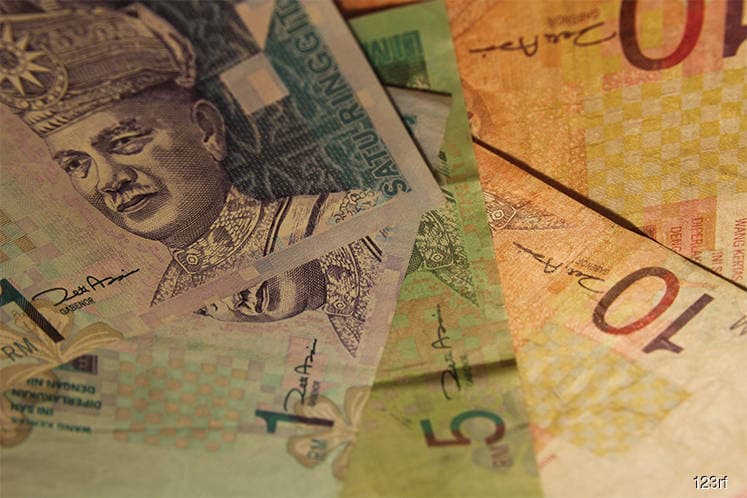
This article first appeared in The Edge Financial Daily on January 8, 2018
KUALA LUMPUR: Malaysian exporters have been enjoying the benefits of a weak ringgit since 2015, but high foreign exchange gains may soon be a thing of the past as the ringgit strengthened past 4.00 against the US dollar last Friday. The ringgit, which had not breached the 4.00 mark since August 2016, was trading at 3.9975 against the US dollar last Friday, even as Brent crude oil slipped below its 2015 high to US$67.39 (RM269.56) per barrel.
According to analysts, exporters like rubber glove manufacturers, semiconductor makers and plantation companies stand to see earnings affected to varying degrees by the strengthening ringgit.
For rubber glove makers, tight supply conditions in the first half of 2018 mean that any increase in costs can be passed on to consumers, according to Maybank Investment analyst Lee Yen Ling.
“But a weaker [US] dollar will have a negative impact on glovemakers in the second half of 2018, with Top Glove Corp Bhd being the most sensitive to any foreign exchange changes,” Lee told The Edge Financial Daily over the phone.
Another analyst with a local investment bank concurred, highlighting that a weak US dollar would mean lower revenue when translated into ringgit terms for glove makers. This would result in a possible dip in top-line growth, the analyst said.
However, the recent closure of Chinese glove making factories, greater concerns in healthcare, and aggressive market-seeking by glove makers have helped keep demand strong in the near term, said the analyst, who declined to be named.
Meanwhile, the world’s largest condom maker Karex Bhd is more likely to be negatively impacted by a stronger ringgit as it is unable to pass costs through to its customers as easily as glove makers. Semiconductor manufacturers are also expected to be hit by the stronger ringgit. According to MIDF Research analyst Martin Foo, almost 100% of revenue of semiconductor players, such as Inari Amertron Bhd and Globetronics Technology Bhd, is recorded in US dollars.
But for these chipmakers, half of their costs are also denominated in US dollars, giving these firms a natural hedge against the depreciating greenback.
“No doubt [their] earnings will be affected by the weak [US] dollar, but the impact will not be that big,” Foo told The Edge Financial Daily over the phone, saying previous financial results indicated foreign exchange gains were not all that significant when the US dollar was strong. Plantation companies may also not be spared from the ringgit’s appreciation as crude palm oil (CPO) is traded in US dollars.
Any decline in CPO prices may have a more significant effect in ringgit terms, potentially affecting the earnings of plantation companies, according to Affin Hwang Capital Research analyst Nadia Aquidah Subhan.
“Hopefully, an increase in production would be able to offset the drop in prices,” Aquidah said in an email exchange. On the plus side, plantation players operating outside of Malaysia that have US dollar-denominated borrowings would benefit from the lower cost of these borrowings, she said.
UOB Global Economics and Market Research, in a note last Tuesday, cautioned Asian exporters to hedge their upcoming US dollar proceeds “no matter how unfavourable the current exchange rate is” as it expects the greenback to continue weakening.
In an economic update last Friday, CIMB Research economist Michelle Chia also cited the strong ringgit as a factor in moderating export growth in 2018, in addition to a high base in 2017 and fading rebounds in commodity prices and plantation crops.